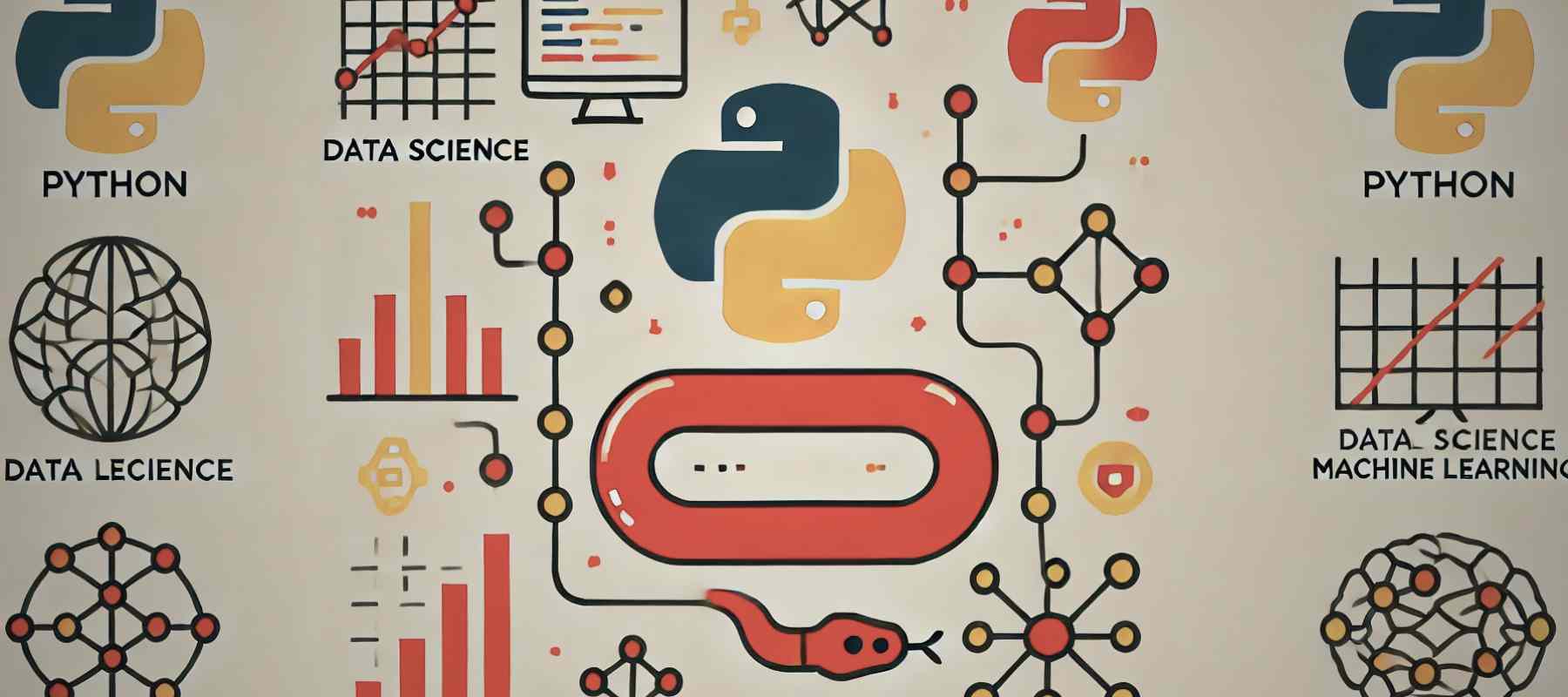
Why is Python the top choice for data science and machine learning?
It seems odd since these fields need a lot of computing power. Wouldn’t languages like C and C++ be better because they are faster?
Here’s the surprise: the powerful tools and libraries used in data science and machine learning are actually built with C and C++ underneath, while Python is used to make them easier to work with.
The Strength Behind Python Tools
Take NumPy, for instance. It's a key library that made Python popular for data science. About 40% of its code is written in C and C++ (NumPy GitHub). This mix allows NumPy to be fast and easy to use at the same time.
Pandas is another example. It is built on top of NumPy and relies on it for heavy tasks. So, even though Pandas is mostly Python, it benefits from NumPy's speed.
TensorFlow, a major library for machine learning, is more than 60% written in C++ (TensorFlow GitHub). Similarly, PyTorch has over half its code in C++ (PyTorch GitHub). These libraries handle the tough, complex tasks quickly while still being easy to use because of Python.
Debunking Python's Speed Myth
People often say Python is slow, but they miss the point. Python isn’t designed to be the fastest language. It’s made to be easy to use, read, and write. This makes it accessible to more people, which is crucial for data science and machine learning.
Python’s simplicity helps developers code quickly and efficiently. It might have a learning curve, but it’s easier to pick up compared to C or C++. This ease of learning has helped Python become the top language for data science and machine learning.
Combining Ease and Performance
With Python’s library ecosystem, developers don’t have to choose between ease of use and performance. Most daily tasks in data science, like cleaning and preparing data, are well within Python’s capabilities. For tasks that need more computing power, libraries like TensorFlow, PyTorch, and NumPy use C and C++ to run efficiently.
Using Python gives us the best of both worlds: quick development and high performance. This balance is why Python is so important in data science and machine learning.
Driving the future of Data Science and ML
Choosing the right language is vital for any field’s success. For data science and machine learning, Python’s user-friendliness combined with the performance of C and C++ libraries has made it the standard. This smart balance has driven the widespread use and success of these fields.
To learn more about why Python is key for data science and machine learning, explore the NumPy, Pandas, TensorFlow, and PyTorch documentation. These resources offer deeper insights into these libraries and their roles in Python's success.
Startup Development